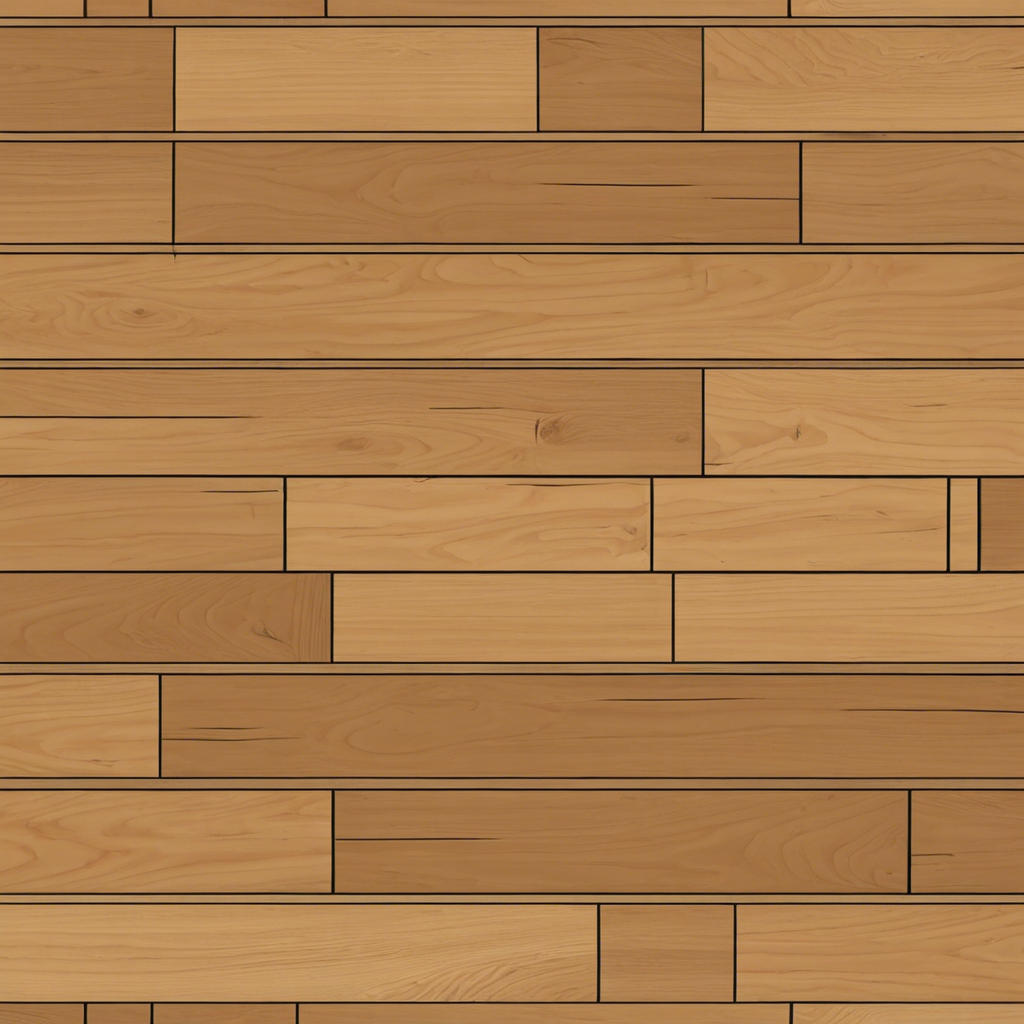Installing new flooring is a challenging but rewarding DIY project that can transform the look and feel of your home. Whether you’re a seasoned pro or a first-time adventurer, taking on this task yourself can be a cost-effective and satisfying endeavor. Here’s a step-by-step guide to help you navigate the process and achieve flawless results.
First, determine the type of flooring you want to install. Popular options include hardwood, laminate, tile, and vinyl. Each has its unique advantages and aesthetic appeal. For example, hardwood floors offer timeless elegance, while laminate is a more budget-friendly option that replicates the look of wood. Tile flooring, available in various materials and styles, adds a touch of sophistication, and vinyl flooring provides durability and ease of maintenance.
Once you’ve selected your flooring type, it’s time to gather your tools and materials. For most flooring installations, you’ll need basic tools like a tape measure, utility knife, and a variety of hammers and nails/staples appropriate for your flooring type. Some projects may also require more specialized equipment, such as a miter saw for precise angle cuts or a flooring jack to ensure a tight fit. It’s always best to review the installation instructions for your specific flooring choice before starting.
The next step is to prepare the subfloor. Ensure it is clean, dry, and level, addressing any issues like moisture or unevenness. Then, carefully measure and mark your flooring material, allowing for expansion gaps where necessary. A good rule of thumb is to start installing in a corner, working your way out to ensure a seamless finish.
As you lay down the new flooring, take your time and work methodically. Follow the manufacturer’s instructions for adhering or locking together the pieces. Use spacers to maintain consistent expansion gaps along walls, and always double-check your work for any misalignments or gaps.

